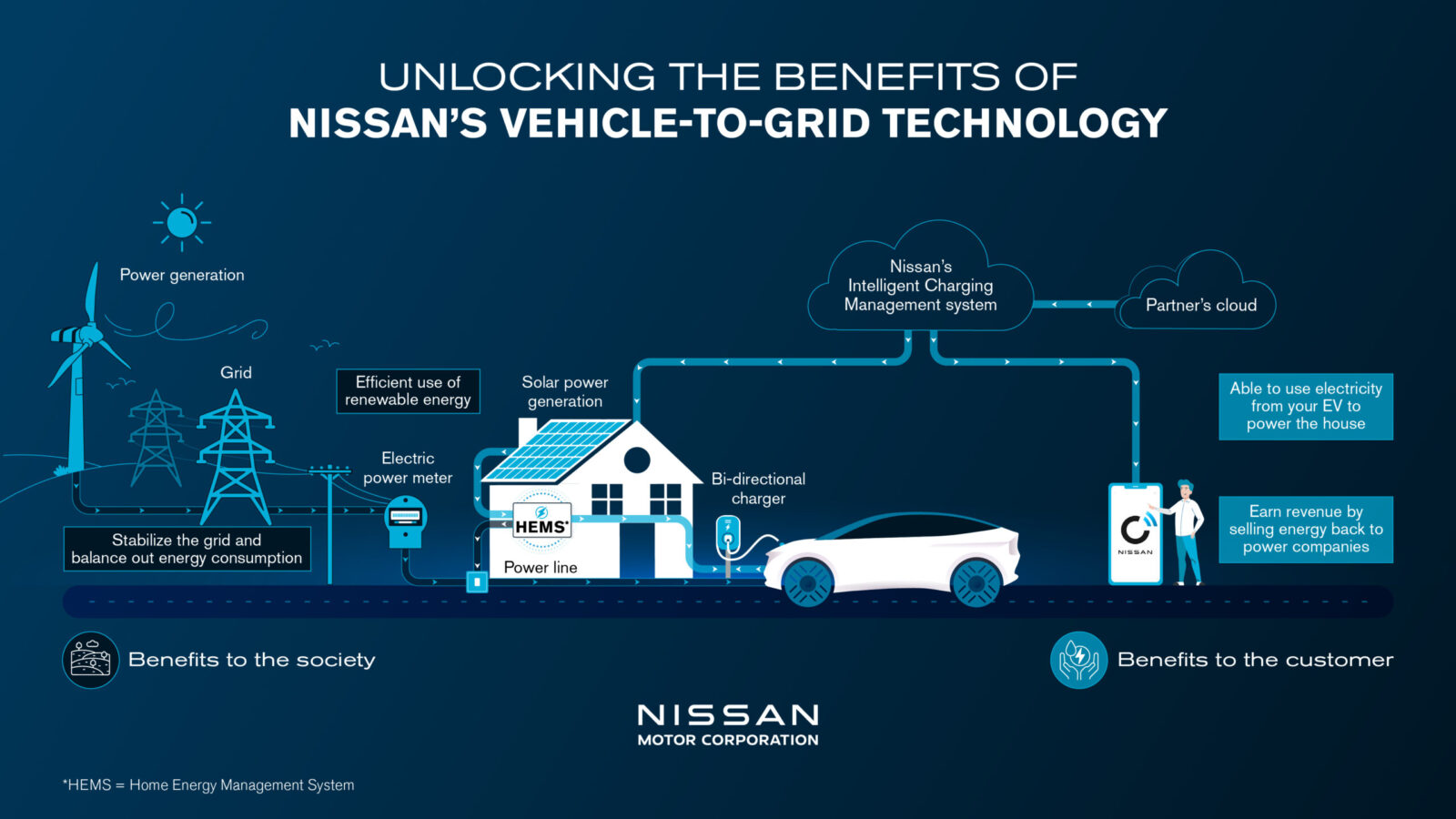Sign up for daily news updates from CleanTechnica on email. Or follow us on Google News!
Just a few weeks ago, I sat at possibly the sole EV charger working a few days after Hurricane Helene took out many communities in the North Carolina mountains. The arrival of a Rivian owner on a bicycle brought welcome news. “I’m using my Rivian to power my house,” he said, riding up. “I came to see if this charger was working.” (Helene also flooded Tennessee, Georgia, South Carolina, and Florida, but western North Carolina has suffered more than anywhere else.)
It was reassuring to learn that, in the startling wake of Helene, someone was operating an EV that he could use as in a vehicle-to-home system to bring electricity back to the home, much like an electric vehicle-to-grid (V2G) system, but just for his home. Vehicle-to-grid (V2G) technology allows EV owners to use the electricity stored in their vehicles’ batteries to power their homes or to send electricity back into the grid. It’s not common yet, but it’s expected to be in the future. Rivian is already bringing the future to someone in the mountains.
Because of CleanTechnica, I understood it was a solution to present and future power system difficulties. Unfortunately, it is not widely recognized outside of technologically advanced urban areas. Danny Parker, an early EV adopter, has been using his electric car in a similar fashion during hurricanes in Florida for years. It is a hopeful scenario for disaster recovery, rather than the 2-, 3-, 4-hour lengthy lineups to buy gas that some people just endured. In an area whose infrastructure had collapsed as a result of catastrophic floods, except for those with electric vehicles and the ability to use V2G or generators, no one had power in their homes.
For more than ten years, CleanTechnica has been reporting updates on V2G developments. Four years ago, Zach reported, “The current LEAF+ is no battery beast, but it has a 62 kWh battery that Nissan says could provide power to an average European house for 6 days.”

Here’s an update from the Japanese EV manufacturer. Nissan intends to offer bidirectional charging in select electric vehicles starting in 2026. The system will use both alternating and direct current, and it will be “affordable.”
The project is advancing Nissan’s promise in its business plan, The Arc, to produce differentiated solutions that facilitate the EV transition while generating new revenue sources. It also aligns with the company’s long-term aim, Ambition 2030, of creating a cleaner, safer, and more inclusive world. It is evident that the inside-the-vehicle onboard solution is coming down in cost. The aim, stated by the business, is “a price comparable to a mono-directional charger available today.”
Aside from the more obvious advantages of the tech, EVs with V2G technology can help integrate and expand the mix of energies in the energy supply by storing electricity generated by wind or solar and redirecting it into the grid as needed, reducing dependency on fossil fuels.
Hugues Desmarchelier, vice president of Nissan’s global electrification ecosystem & EV programs, said: “This technology we will bring to customers is a potential game-changer for how we think of EVs. Not just as a means of getting from A to B, but as a mobile energy storage unit that can save people money and support the transition from fossil fuels, bringing us closer to a carbon-free future.”
“Following a year-long trial at The University of Nottingham in the United Kingdom, Nissan has become the first automotive business to obtain G99 Grid code certification with an AC-based solution,” the company adds. “A G99 certificate allows the bearer to supply power into the UK national energy supply. The trial also gave an excellent chance to evaluate scalable AC and DC-based bidirectional systems and solicit consumer feedback.”

Have a tip for CleanTechnica? Want to advertise? Want to suggest a guest for our CleanTech Talk podcast? Contact us here.
Latest CleanTechnica.TV Videos
CleanTechnica uses affiliate links. See our policy here.
CleanTechnica’s Comment Policy





